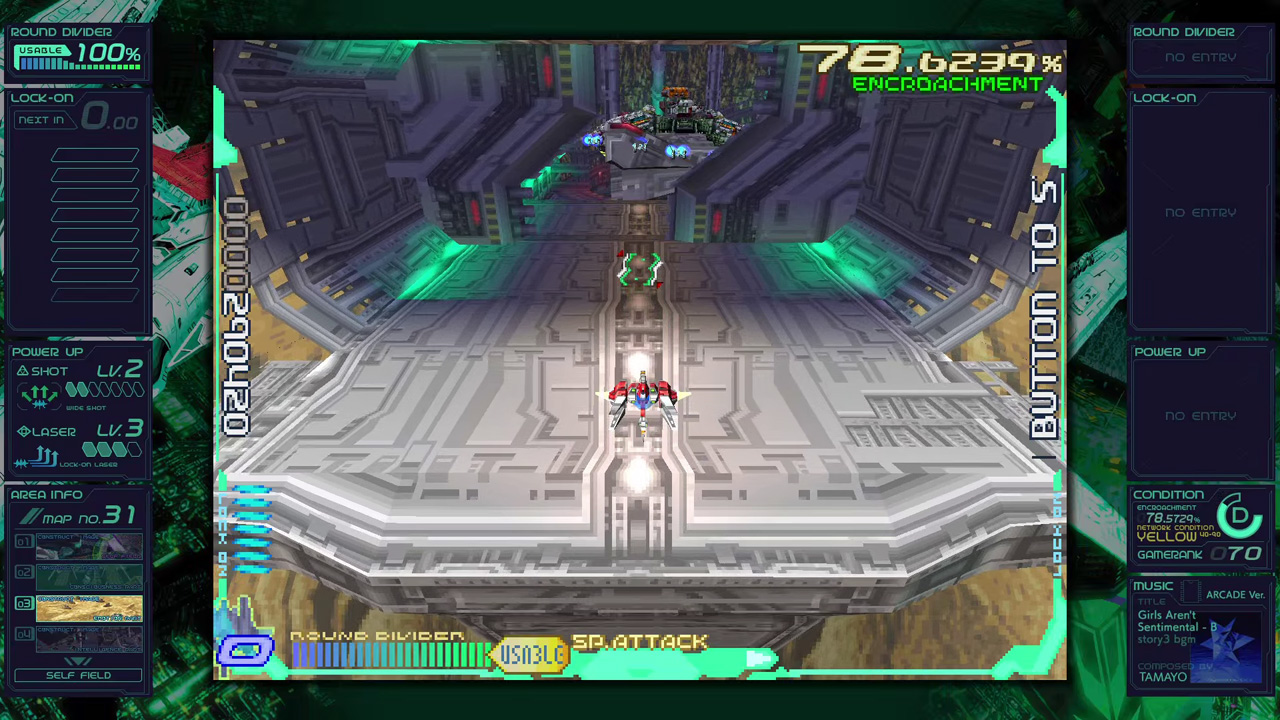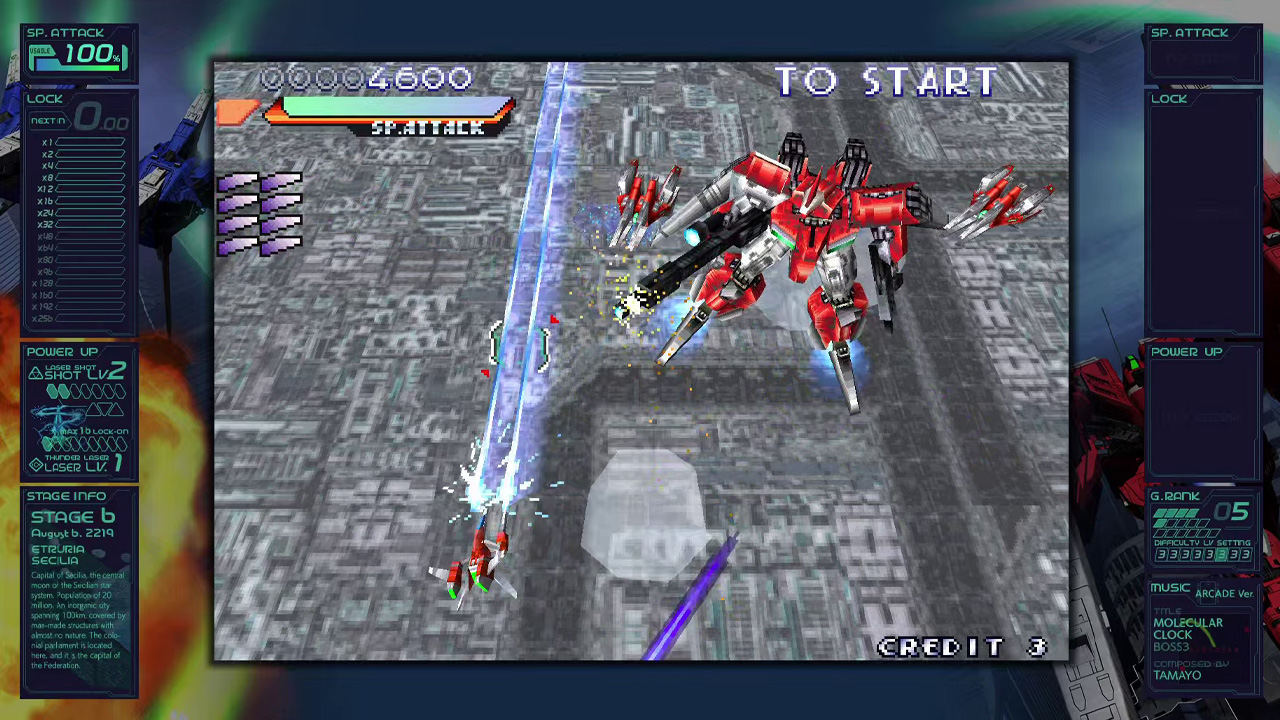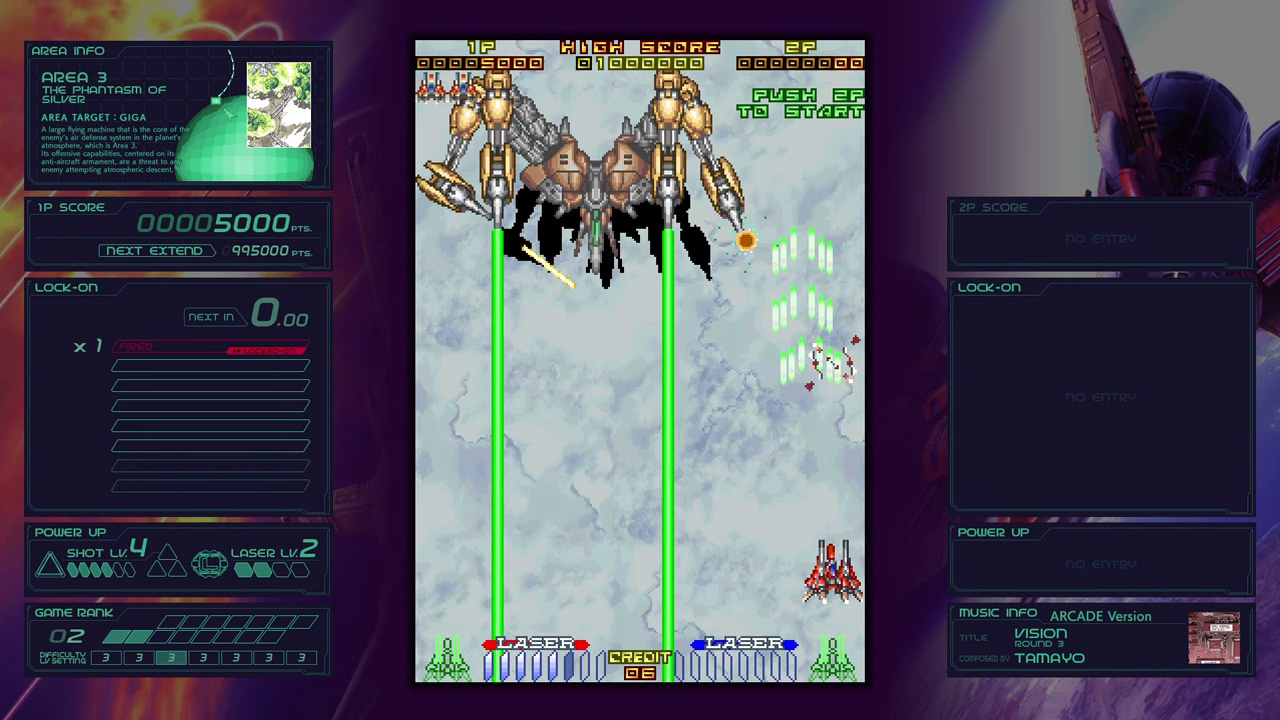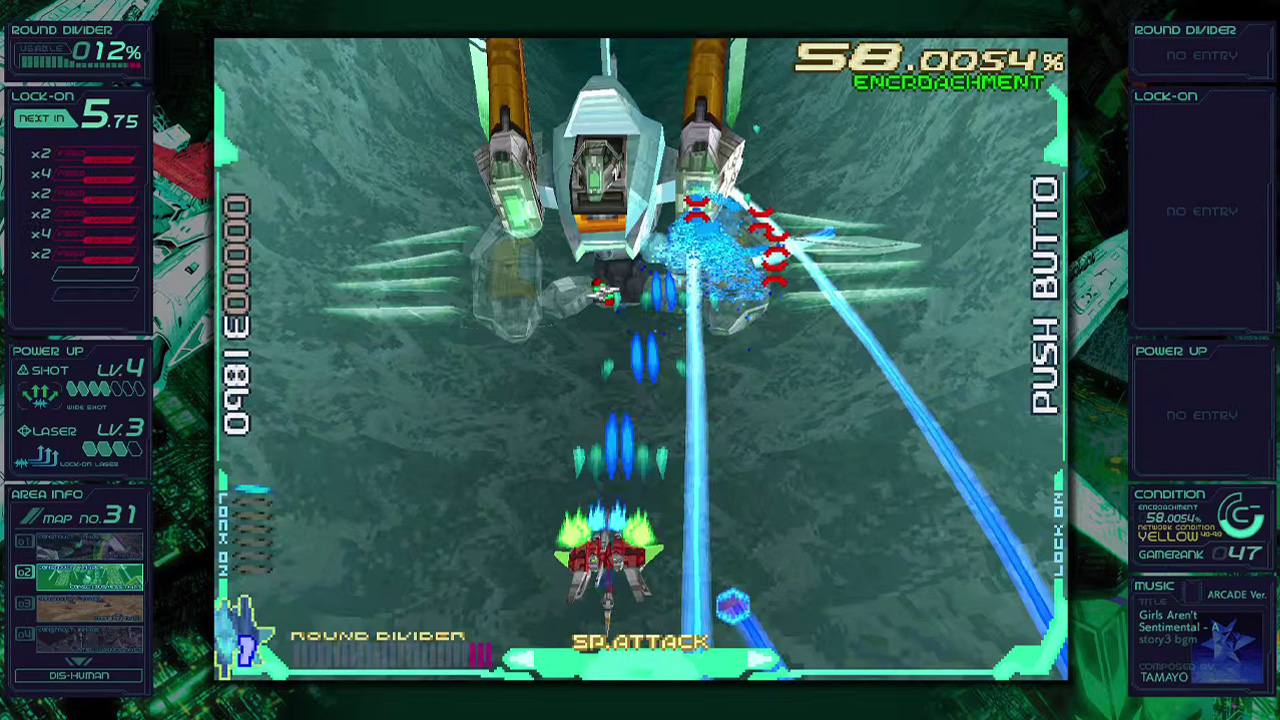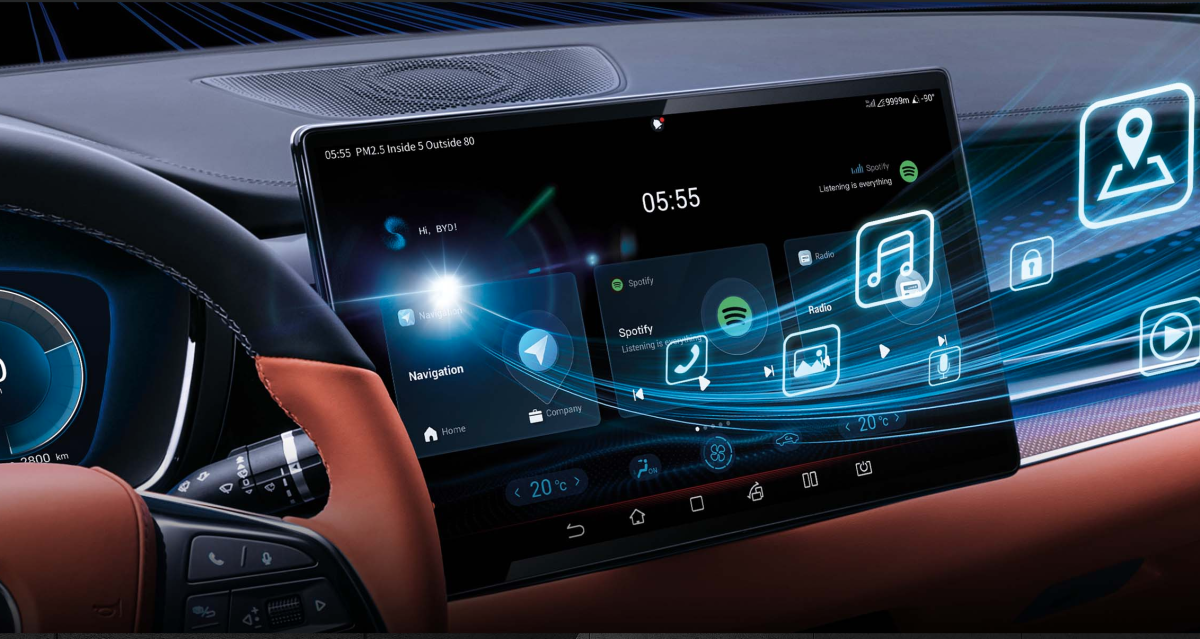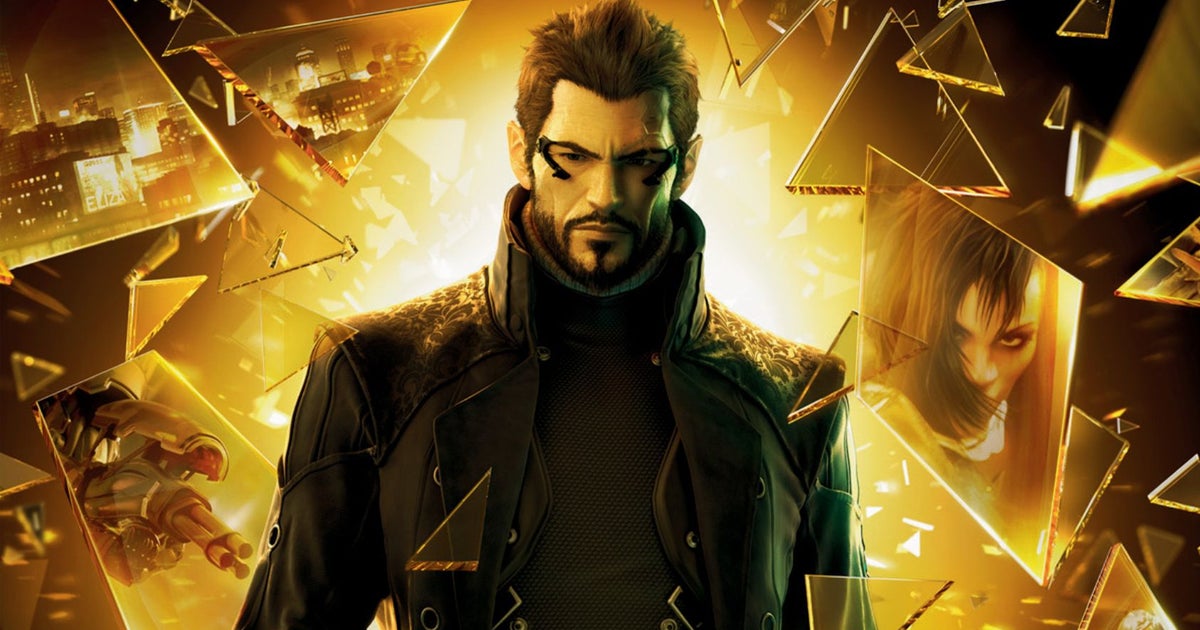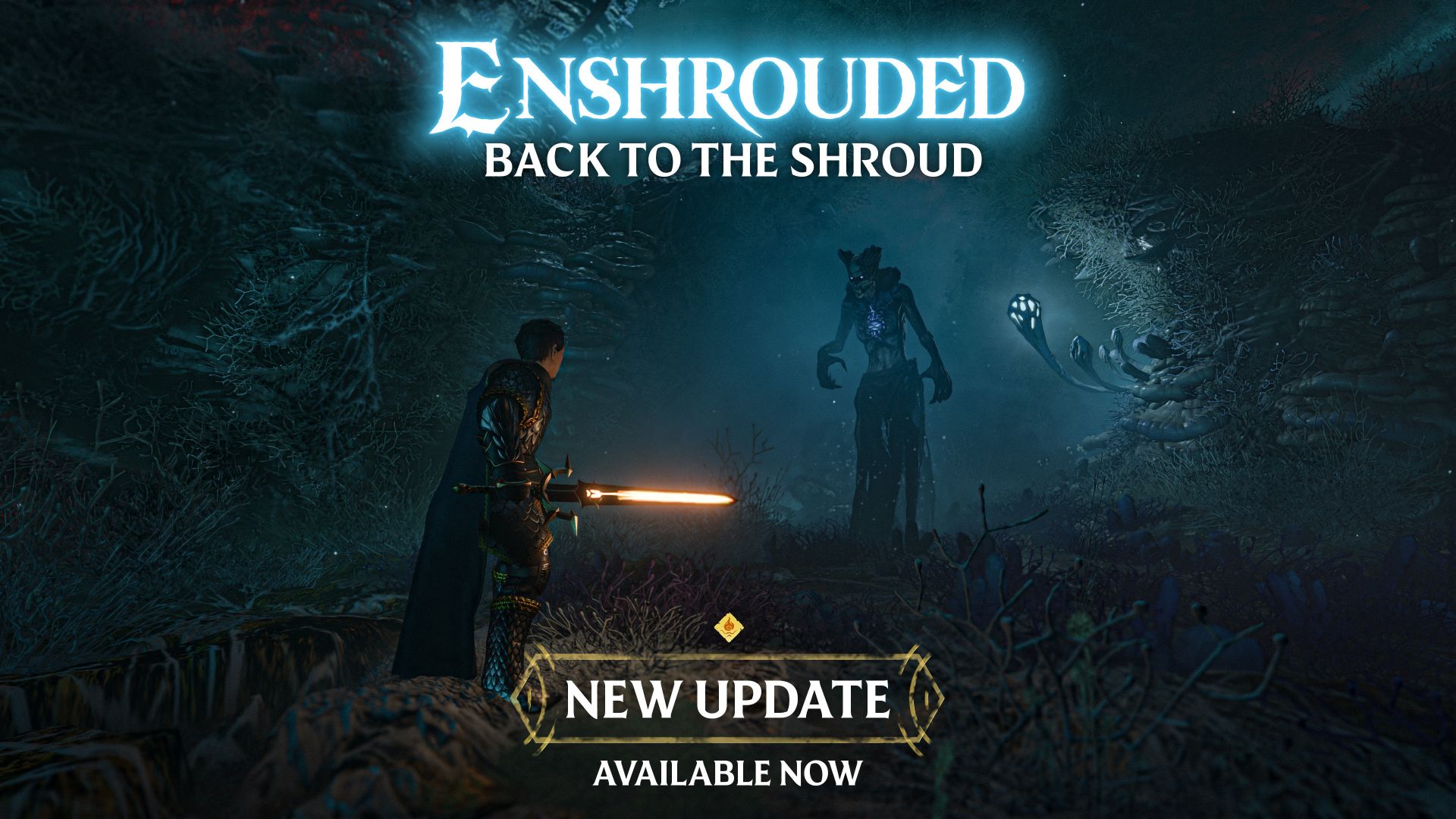We have a triple-header for you today. No, I’m not talking about Fluffy; he’s taking a nap just now. This triple header won’t bite your head off, but it will put you through your shmuppy paces. Welcome to Ray’z Arcade Chronology from Taito. Yes, this is a straight-up throwback to the original arcade games from the mid-90s, but it’s better than that sounds.
If, like me, you have not played the Ray’z games, you are in for a treat. The original releases were a little while ago; Rayforce came out in 1994, Raystorm in 1996, and Raycrisis in 1998. Being an almost straight port to the Switch, they do look like their ‘90s counterparts, but since they were at the front of the graphics curve back in the day, they don’t look bad.
Yes, they are a bit pixel heavy, but this is where the “almost” comes into play. The developers have added an enhanced graphics mode to Raystorm and Raycrisis which goes a long way toward smoothing the looks without making the games look like something too clean or modern. Rayforce was left in its original state, and it’s fine the way it is. For the other titles, the studio gets kudos and my appreciation for the enhanced graphics. This is the sort of look I’m really eager to see when an old game is refurbished for the modern platforms.
Another point in the collection’s favor is the story element. Most of the shmups I have played have some sort of story, even if they don’t make a lot of difference in the twitchy flight as you navigate your own personal projectile purgatory. Even so, the story suits the looks and theme of the game quite well. The basic gist is that people created an AI to regulate the climate, and the AI (predictably) went nuts and decided the world would be better off if it exterminated all the humans. The humans can’t let this pass, so there is a conflict, with some fleeing to space colonies. After a while, the colonies decide to have a lovely revolution to get out from under the pesky Earth-based government. The ex-colonists are not exactly satisfied with their new found liberty; oh, no—they feel the need to pay Earth a visit and get some payback. This is where you come in. That’s right, you’re here to defend the whole planet (no pressure).
With all this in mind, some of the action you see on the screen makes a little more sense and becomes more epic than the graphics convey. And with everything happening on the screen, the game is doing some good conveying to begin with. Most of the shmups I have played are relatively simple—targets are on a single plane, navigate a path, shoot everything.
The first difference with the Ray’z series is the multi-level target scheme. You can use your main gun/laser to shoot stuff flying at the same altitude as you, but you will need to use your secondary weapon (guided missiles) to hit targets on the ground/lower levels. Oh, you can use missiles on stuff flying at your level if you like. The bit which makes the game more challenging than the simpler shmups is targeting for missile lock. There is a targeting reticle ahead of your ship. To get a target lock, you must maneuver your ship so the targeting reticle passes directly over an enemy. Your weapons system will then register and show the target lock. All you have to do next is press the fire button and send your missiles on a little trip.
Here is one of the areas where customizing quickly affects the game. You have access to a couple ships and a couple firing patterns for your controls. In Raystorm, there are two ships—R-Gray1 will make up to 8 target locks, R-Gray2 will make up to 16 target locks. Of course, there are trade-offs with other abilities, so choose wisely. You can also pick your projectile poison with either the machine guns and missiles approach or lasers and lightning. Either way, there is plenty of blowing stuff up happening to keep shmuppers happy for quite a while.
As expected, with all the shooting and explosions comes the obligatory dodging of enemy fire and scooping of power-up and level advancement. Higher levels mean bigger guns, which, of course, equals more fun. When you get to the boss at the end of a level, you’ll know it. All of your heretofore dodging patterns get disrupted by some creative means of destruction, all aimed at you. But hey, you’re a shmupper, so this is where you thrive. The only real beef I have with this type of game is the great imbalance between how many rounds you have to pump into an enemy to destroy them, but if you so much as scratch the paint job on your ship, poof! You’re done.
I get it, this game is for the intense and the perfection seekers. Anything to get the right pattern, to destroy all your enemies, and to get through it with as few deaths on your part as possible. On this front, the game will not disappoint.
The third release in the Ray’z series—Raycrisis—is actually a prequel. The game came out only a few years after the original, but the developments in graphics rendering is evident. The game delves into the virtual reality of the computer world and, as a result, looks a bit more surreal. While it may not look like the reality-based environment vehicles which seem to be visions of a futurist grounded in reality, it still stays with the general visual aesthetic. It’s just a bit more trippy. In this installation, you are fighting the computer from inside the computer, so anything goes.
One extra feature with Raycrisis is the ability to play through and have the game save your results. If you replay the game, you can then play through different levels, so each full play-through can almost feel like a new game.
As I’m writing this review, Ray’z Arcade Chronology is available in the Nintendo eShop for $49.99. It may sound like a lot of money, but this is a three-game set with all sorts of customizations, challenges, and replay time, so it’s actually a relative bargain. The action is fast paced and multi-layered. The music is pretty good, and the game will even show you what you are listening to in the sidebars. You get all kinds of information in these sidebars, so give them a little attention while you play (or when you get a breather from the waves of enemies trying to kill you). If you play this in handheld mode, it is fine. If you play it docked to the big screen, it gets really good.

